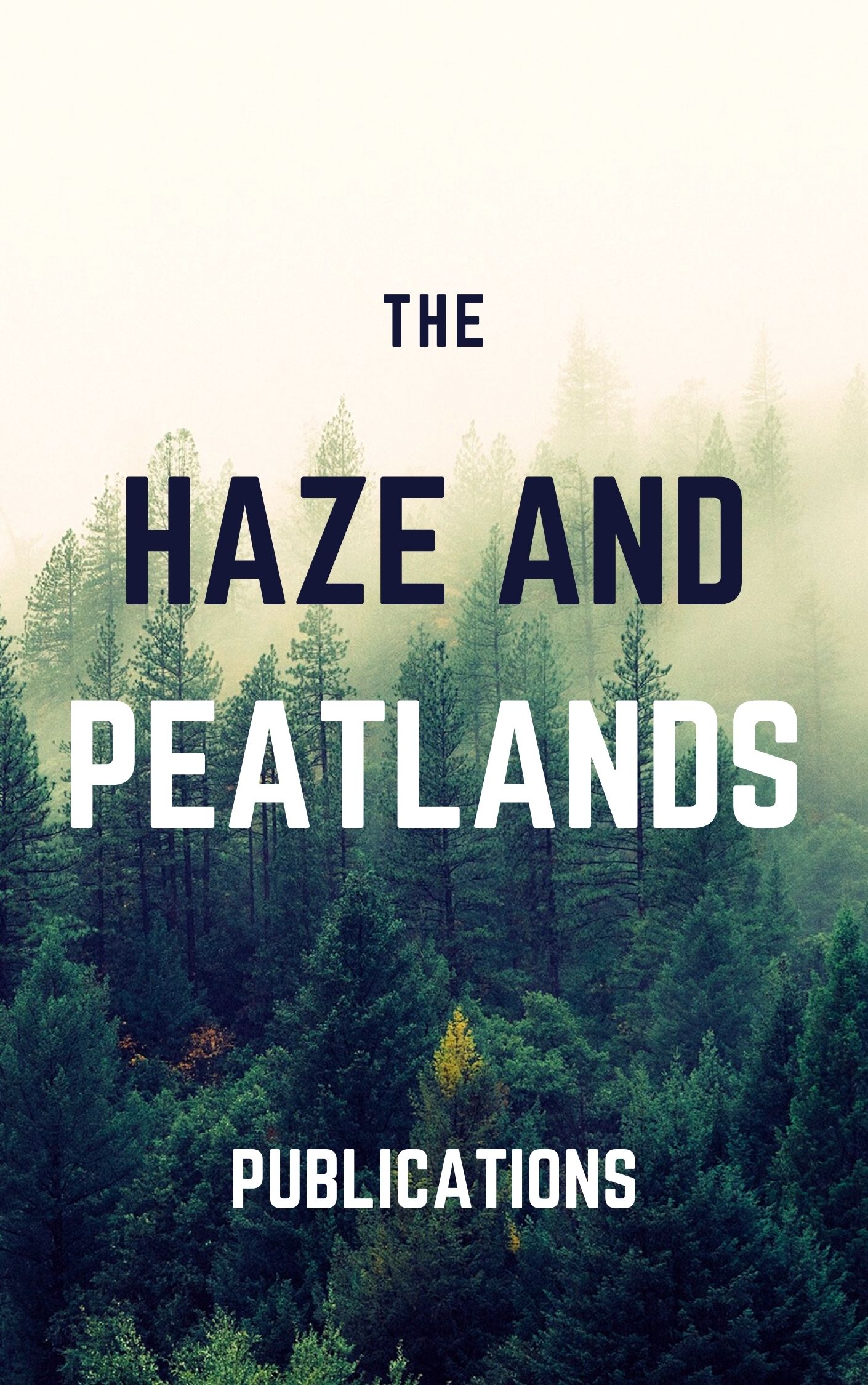Despite the documented increase in greenhouse gas (GHG) emissions from Southeast Asian peat swamp forest degradation and conversion to oil palm over recent decades, reliable estimates of emissions of nitrous oxide (N2O) and methane (CH4) are lacking. We measured soil fluxes of N2O and CH4 and their environmental controls along a peatland transition from primary forest (PF) to degraded drained forest (DF) to oil palm plantation (OP) over 18 months in Jambi, Sumatra, Indonesia. Sampling was conducted monthly at all sites and more intensively following two fertilization events in the OP. Mean annual emissions of N2O (kg N ha(-1) yr(-1)) were 1.7 & PLUSMN; 0.2 for the PF, 2.3 & PLUSMN; 0.2 for the DF and for the OP 8.1 & PLUSMN; 0.8 without drainage canals (DC) and 7.7 & PLUSMN; 0.7 including DC. High N2O emissions in the OP were driven by peat decomposition, not by N fertilizer addition. Mean CH4 annual fluxes (kg C ha(-1) yr(-1)) were 8.2 & PLUSMN; 1.9 for the PF, 1.9 & PLUSMN; 0.4 for the DF, and 1.6 & PLUSMN; 0.3 for the OP with DC and 1.1 & PLUSMN; 0.2 without. Considering their 20-year global warming potentials (GWP), the combined non-CO2 GHG emission (Mg CO2-equivalent ha(-1) yr(-1)) was 3.3 & PLUSMN; 0.6 for the PF and 1.6 & PLUSMN; 0.2 for the DF. The emission in the OP (3.8 & PLUSMN; 0.3 with or without DC) was similar to the PF because reductions in CH4 emissions offset N2O increases. However, considering 100-year GWP, the combined non-CO2 GHG emission was larger in the OP (3.4 & PLUSMN; 0.3 with DC and 3.5 & PLUSMN; 0.3 without) compared to both the PF and the DF (1.5 & PLUSMN; 0.2 and 1.2 & PLUSMN; 0.1, respectively). The increase in peat N2O emissions associated with the land-use change transition from primary forest to oil palm plantation at our sites provides further evidence of the urgent need to protect tropical peat swamp forests from drainage and conversion.
View source

